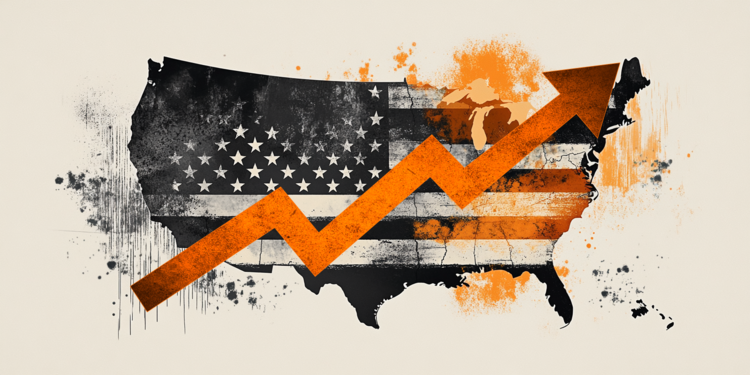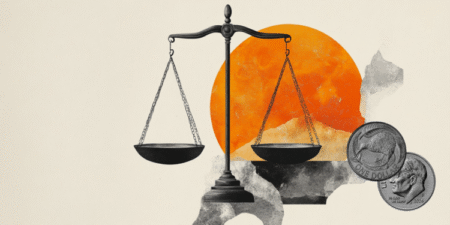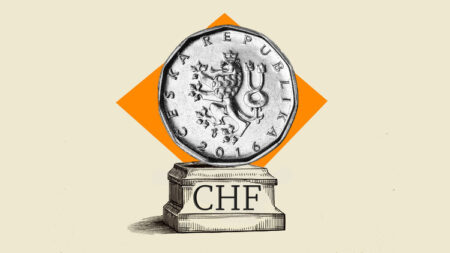Here is what you need to know on Friday, August 29:
The US Dollar (USD) finds a foothold early Friday after posting losses for three consecutive days. In the second half of the day, Consumer Price Index (CPI) data from Germany and the Personal Consumption Expenditures (PCE) Price Index, the Federal Reserve’s (Fed) preferred gauge of inflation, from the US will be watched closely by market participants.
US Dollar Price This week
The table below shows the percentage change of US Dollar (USD) against listed major currencies this week. US Dollar was the weakest against the Australian Dollar.
| USD | EUR | GBP | JPY | CAD | AUD | NZD | CHF | |
|---|---|---|---|---|---|---|---|---|
| USD | 0.52% | 0.20% | 0.21% | -0.49% | -0.61% | -0.33% | 0.08% | |
| EUR | -0.52% | -0.32% | -0.38% | -1.00% | -1.05% | -0.85% | -0.43% | |
| GBP | -0.20% | 0.32% | -0.20% | -0.68% | -0.79% | -0.53% | -0.11% | |
| JPY | -0.21% | 0.38% | 0.20% | -0.63% | -0.77% | -0.46% | 0.00% | |
| CAD | 0.49% | 1.00% | 0.68% | 0.63% | -0.10% | 0.19% | 0.57% | |
| AUD | 0.61% | 1.05% | 0.79% | 0.77% | 0.10% | 0.26% | 0.68% | |
| NZD | 0.33% | 0.85% | 0.53% | 0.46% | -0.19% | -0.26% | 0.42% | |
| CHF | -0.08% | 0.43% | 0.11% | -0.01% | -0.57% | -0.68% | -0.42% |
The heat map shows percentage changes of major currencies against each other. The base currency is picked from the left column, while the quote currency is picked from the top row. For example, if you pick the US Dollar from the left column and move along the horizontal line to the Japanese Yen, the percentage change displayed in the box will represent USD (base)/JPY (quote).
The USD Index continued to edge lower on Thursday as markets remained risk-positive. Upbeat macroeconomic data releases from the US, however, helped the USD limit its losses. The US Bureau of Economic Analysis (BEA) revised the annualized Gross Domestic Product (GDP) growth for the second quarter to 3.3% from 3.1% in its initial estimate. Additionally, weekly Initial Jobless Claims declined to 229,000 from 234,000 in the previous week. Early Friday, the USD Index clings to small daily gains near 98.00 and US stock index futures lose between 0.1% and 0.2%. On a yearly basis, the core PCE inflation is forecast to edge higher to 2.9% in July from 2.8% in June.
The data from Germany showed earlier in the day that Retail Sales declined by 1.5% on a monthly basis in July. This reading followed the 1% increase recorded in June and came in worse than the market expectation for a decrease of 0.4%. The annual CPI inflation in Germany is seen ticking up to 2.1% in July. After rising about 0.4% on Thursday, EUR/USD trades in a tight channel slightly above 1.1650 in the European morning.
USD/CAD dropped to its lowest level in three weeks near 1.3740 on Thursday. The pair struggles to gather recovery momentum early Friday and fluctuates a tad above 1.3750. Statistics Canada will publish second-quarter GDP data later in the day.
Japanese Finance Minister Katsunobu Kato said on Friday that he is aware of rising interest rates, adding that he will continue to engage with bond market participants and manage debt policies appropriately. Meanwhile, the data from Japan showed that the Tokyo CPI rose by 2.6% on a yearly basis in August after increasing by 2.9% in July. After losing 0.3% on Thursday, USD/JPY finds support and trades slightly above 147.00 in the European session.
GBP/USD posted marginal gains for the third consecutive day on Thursday but lost its traction early Friday. At the time of press, the pair was trading in the red below 1.3500.
Gold extended its uptrend on Thursday and touched its highest level since late July above $3,420. XAU/USD corrects lower in the European morning but manages to hold above $3,400.
Inflation FAQs
Inflation measures the rise in the price of a representative basket of goods and services. Headline inflation is usually expressed as a percentage change on a month-on-month (MoM) and year-on-year (YoY) basis. Core inflation excludes more volatile elements such as food and fuel which can fluctuate because of geopolitical and seasonal factors. Core inflation is the figure economists focus on and is the level targeted by central banks, which are mandated to keep inflation at a manageable level, usually around 2%.
The Consumer Price Index (CPI) measures the change in prices of a basket of goods and services over a period of time. It is usually expressed as a percentage change on a month-on-month (MoM) and year-on-year (YoY) basis. Core CPI is the figure targeted by central banks as it excludes volatile food and fuel inputs. When Core CPI rises above 2% it usually results in higher interest rates and vice versa when it falls below 2%. Since higher interest rates are positive for a currency, higher inflation usually results in a stronger currency. The opposite is true when inflation falls.
Although it may seem counter-intuitive, high inflation in a country pushes up the value of its currency and vice versa for lower inflation. This is because the central bank will normally raise interest rates to combat the higher inflation, which attract more global capital inflows from investors looking for a lucrative place to park their money.
Formerly, Gold was the asset investors turned to in times of high inflation because it preserved its value, and whilst investors will often still buy Gold for its safe-haven properties in times of extreme market turmoil, this is not the case most of the time. This is because when inflation is high, central banks will put up interest rates to combat it.
Higher interest rates are negative for Gold because they increase the opportunity-cost of holding Gold vis-a-vis an interest-bearing asset or placing the money in a cash deposit account. On the flipside, lower inflation tends to be positive for Gold as it brings interest rates down, making the bright metal a more viable investment alternative.
Read the full article here















